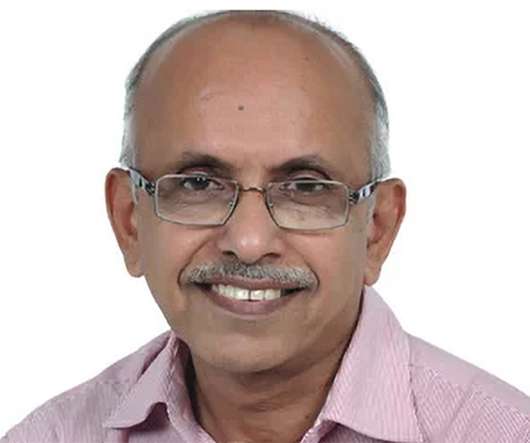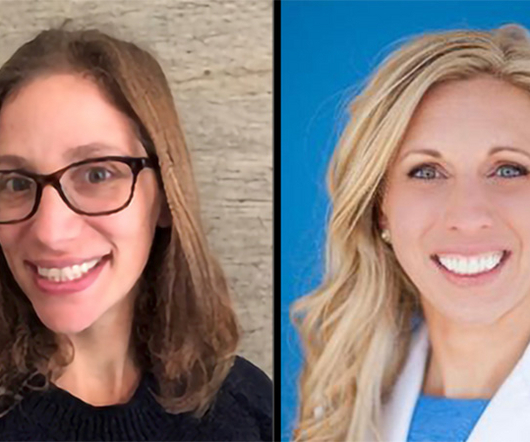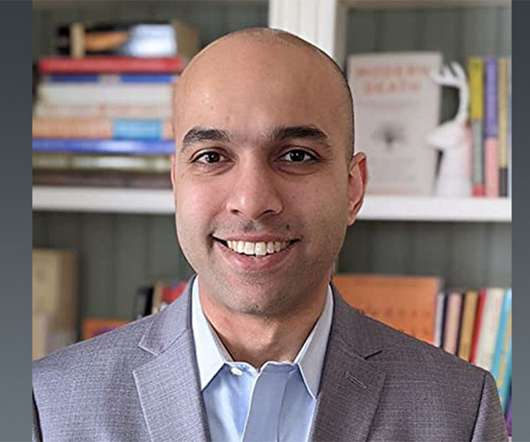Palliative Care in India: M.R. Rajagopal
GeriPal
MAY 12, 2022
Raj: It was indeed very, very gradual, and the seeds were sown when I was a medical student. It’s easier to concentrate on cure, diagnosis, cure. What she called total pain, physical, psychosocial, and spiritual, and she started addressing it. We know that a department of healthcare cannot give it.











Let's personalize your content